The Trump Presidency and Future of Indo-U.S. Relations
Updated: Feb 16, 2017 10:26:54am
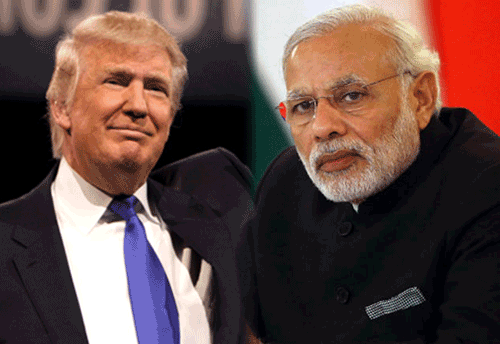
The Trump Presidency and Future of Indo-U.S. Relations
New Delhi, Feb 16 (KNN) The United States and indeed the West as a whole looks to be in retreat from globalisation specifically and modernity more broadly. To contend with such challenges, India will need a grounded, internally-based strategic vision on key geo-economic and geopolitical issues, including trade, climate change, and regional security.
Taking a proactive approach, CUTS International held a roundtable discussion on the Trump Presidency and future of Indo-US relations here today with a diverse group from the diplomatic, civil society, business, and media community.
In the context of an unpredictable and severely transactionalist U.S. President, the stakes are high for India to both maintain its strong relationship with the U.S. while broadening its scope for meeting critical economic and development needs.
To start with, it’s important to remember that many in the Indian government viewed the Obama administration as quite transactionalist, however the degree of the new president’s zero-sum approach may be greater and more challenging for India.
Although, some viewed the transactionalism or business-orientation as an opportunity for India to make a deal with the U.S.; how it can come out with a win-win situation remains uncertain.
Moreover, the Trump administration does not have a strategic vision of its own, so far, lacking in any real policy position or knowledgeable advisors to guide them.
Mr Trump’s economic strategy demonstrates certain contradictions when he calls for boosting its military by building more ships that are capital intensive and also provide many jobs. His economic plan may in fact put pressure on U.S. firms to look internationally for profit and require stricter standards on intellectual property to make such gains.
As the U.S. may withdraw from many engagements in the world, it’s possible that countries like China, India, Russia could carry globalisation ahead.
For example, there is a growing trend of localisation of global value chains, bringing supply chains and components for manufacturing closer to the place of production. When products can be made with components from neighbouring areas, regional cooperation will be increasingly important.
At the same time, we’ve seen the inability of such nations to coordinate on global and regional areas of trade or climate change, which can be disconcerting.
While some believed that India can take the opportunity of a less engaged U.S. to play a greater role in Asia-Pacific, it is evidently clear that India cannot compete against China, particularly on economic grounds.
However, working towards a multipolar world independent from the Washington Consensus with many regional and global partners would still benefit India. And importantly to start with, India must get its house in order through domestic reforms on land, labour, taxation, infrastructure, and generally making the process of doing business easier. More importantly, capacity building of civil servants on international issues is a concomitant need.
In terms of India’s western neighbourhood, the U.S. position under Trump and prior has not been clear or consistent. This will make it difficult for India to promote its interest in the region unless it has a clear strategy on what it wants from the Af-Pak relationship and communicate its ideas to the U.S.
In interacting with the new U.S. administration and given the number of outsider characters in the White House, India’s diplomatic apparatus would do well to engage closely with administration officials to get a better understanding of their position and viewpoints.
This will be particularly important to understand how an administration that seems less interested in continuing the international order, which the U.S. helped to build post World War-II, plans to interact with countries like India.
Furthermore, how to ensure that India also doesn’t face such anti-globalisation backlash at home. Understanding the churning in domestic and international orders will help India develop its own strategic vision.
Ultimately, foreign policy must meet the needs of the domestic constituency. We see this from Mr Trump in much of his decision-making. India itself needs to design a strategic plan on foreign affairs considering the domestic capacity and where improvements can be made.
For instance, India already has a superior STEM capacity, which it often exports to places like the U.S., and so the old dependency on other nations may be less relevant under a Trump Presidency.
With U.S. disengagement from globalisation, India has a chance to pragmatically develop many of its domestic industries. On the other hand, there are views that without the U.S. India cannot build its own capacity.
The same goes for climate change where it was expressed that without the U.S. involvement, and indeed leadership, movement on addressing the global crisis is unlikely.
With a diverse set of viewpoints on the challenges facing India, it is clear from the discussion that a strategic vision to guide policy on crucial issues of trade, climate change, and security is necessary for India to brave through the uncertainty emanating from the United States and elsewhere in the world toward meeting its economic and development needs. KNN/ (CUTS Intl)

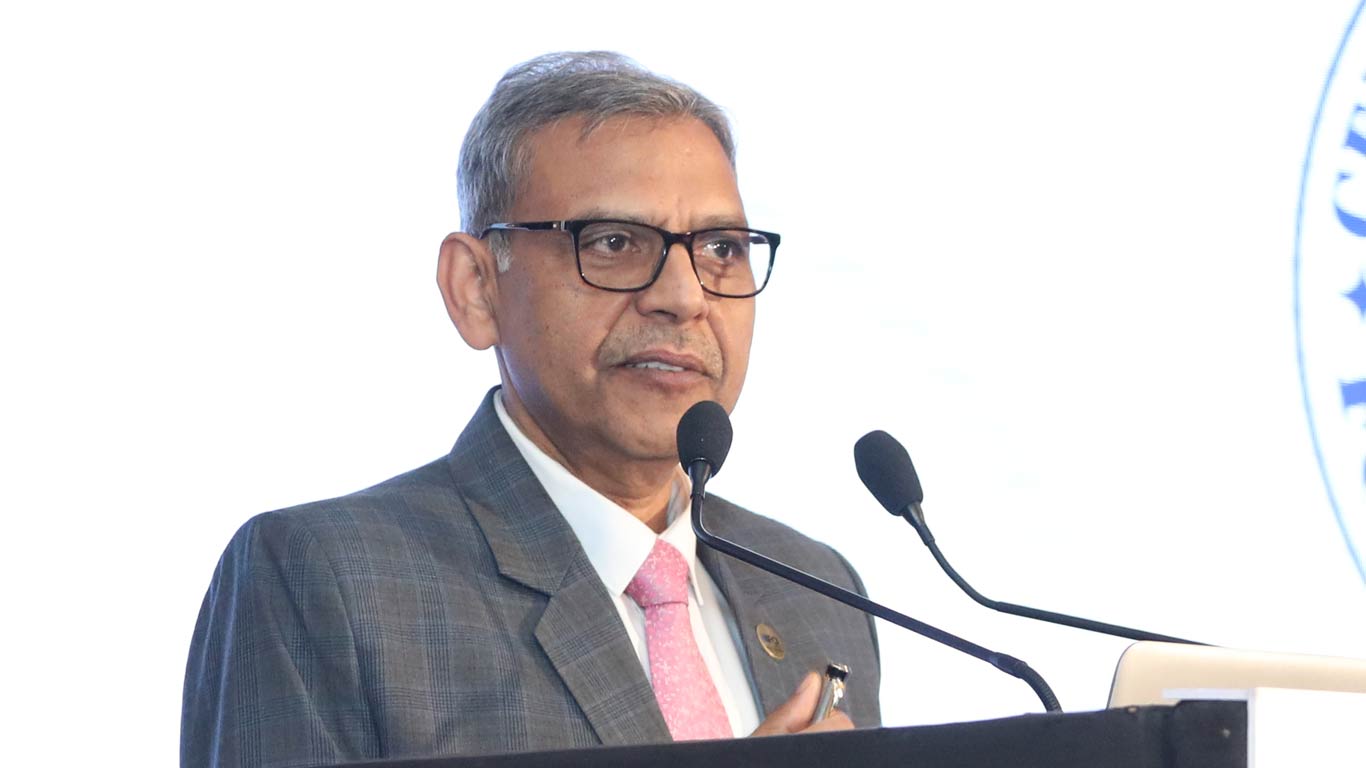
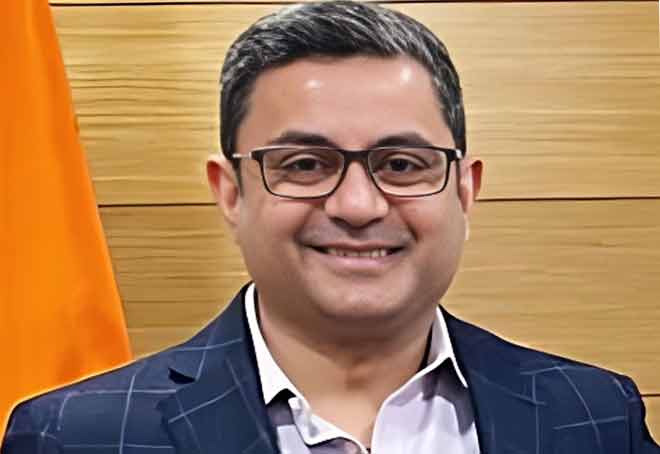

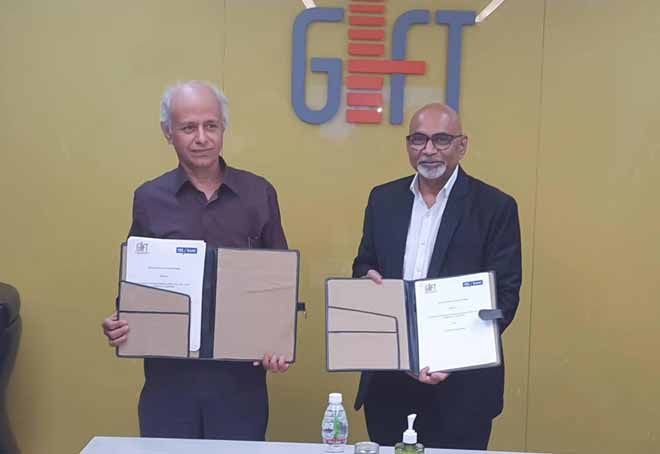
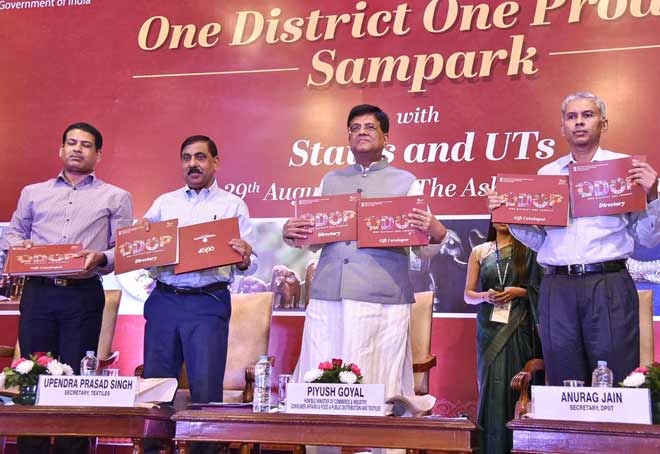





